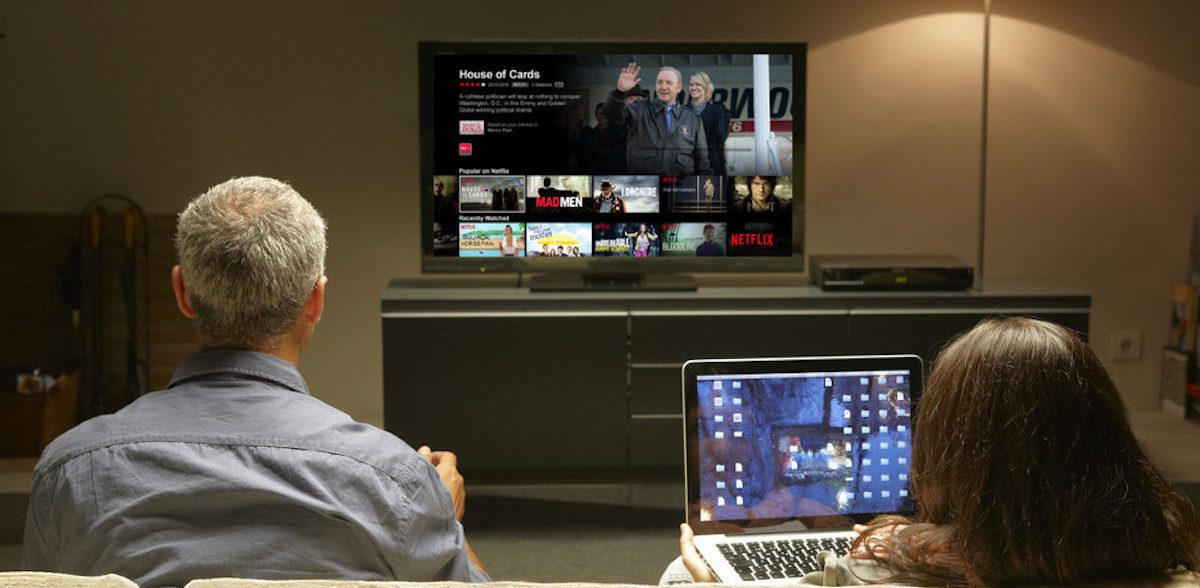Let’s face it the ‘second screen’ is here.
We spend A LOT of time on our phones these days. Be it commuting to work on the subway, waiting for our food at a restaurant, in the grocery store line. We’re even using them while watching TV!
In fact, recent research from eMarketer found that over 177 million adults (18+) use their phones while watching TV. While that has big implications if you’re running traditional TV ads, it’s also something that brands need to increasingly think more about when it comes to the mobile experience.
According to the same study, an estimated 177.7 million U.S. adults, (or about 70% of the population), regularly use a device while watching TV. Approximately 26% or 46 million of these “second-screeners” are looking for content related to what they’re watching, but the majority (131.5 million) are not.
How do you effectively reach these people using a second screen, regardless of when and which device they’re using? How do you stand out and break through the noise amidst the choices coming from not just one but two or maybe even three devices?

The answer could be screen-agnostic strategies and leveraging existing creative across channels and screens, TV’s included. Here’s how it works: instead of customizing different ads for individual platforms, you’d create content that works across platforms to reach audiences wherever their attention happens to be at the time.
This could mean things like increasing the use of six-second spots, the video ad format of choice for social media channels, largely thanks to the “YouTube generation” and its preferences for snackable – or micro – content, for traditional TV advertising, or maybe even experimenting more with traditional 30 or 60 second spots on social media – which social platforms like Snapchat have recently begun trying.
But, it’s all still a relatively new phenomena, and part of the problem is that marketers still haven’t figured out the best ways to engage these consumers effectively. Even though consumers may be on their smartphones or tablets while watching TV, they do not yet assume that a TV ad will require them to connect via mobile, so marketers need to really educate consumers if they want this to become a reality.
To really begin taking advantage of “second screen”, testing different screen mechanics and platforms should be encouraged, but marketers should also think about how they can start complimenting mobile and tablet use with their TV ad from the start, and activate it regularly so that folks begin to expect to engage with a TV ad, and it becomes a “new norm.”
Need a strategy to reach your audience? Contact Blue Ridge today and lets see how we can help your brand achieve tremendous second screen results!

